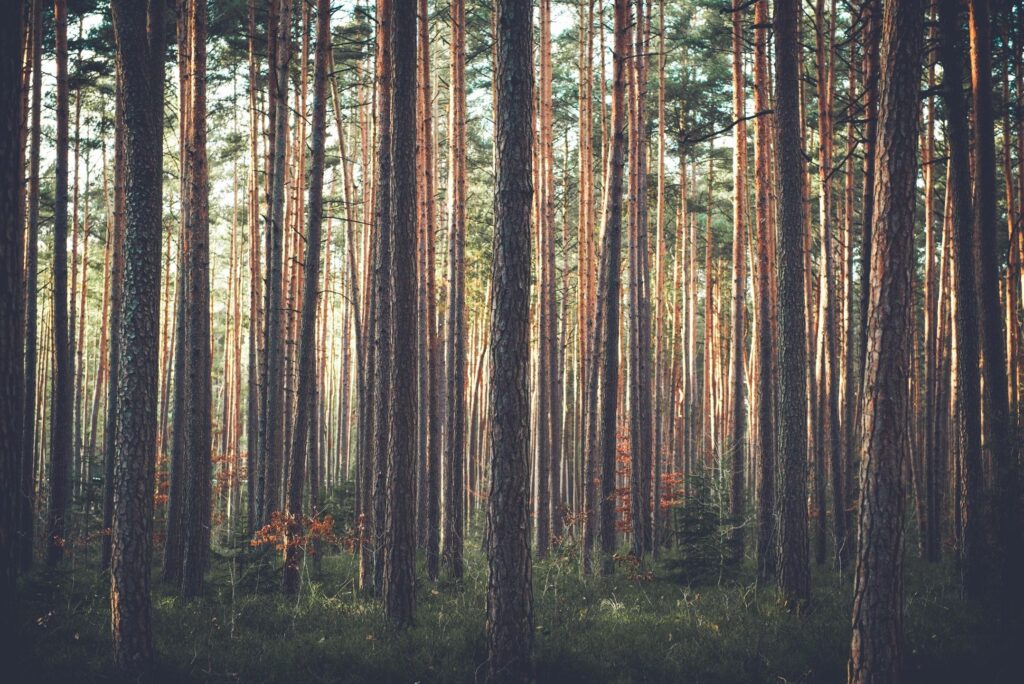If you see this publication by WEF, you may feel that #villages in India are inherently the role models of a #circulareconomy. I wondered if we are breaking village-level circular economy unintentionally.
There was a village in the Gangetic plains in north #India. You could hand pump #water that was fit for drinking and naturally testy. I witnessed the people in the same village buying RO water campers within three years of one development.
A true story – #development professionals can use it as a #casestudy.
Before:
All houses had hand pumps for water. Only the required quantity of water was hand-pumped. If there was any leftover #food, it went in the folder for milk cattle. The cattle #dung was separated and sent to a familiar plot of land near the village. The #compost was going to #agricultural fields every year. There were no items that created #solidwaste and hardly any use of single-use #plastic.
After:
An overhand water tank got built to supply water. Coincidently, this water development came on the ground used for composting yard for cattle dung earlier. Now, water was freely available. Most people were washing out cattle dung. The wash-out dung was going to drains, ultimately connected with the water ponds. There was less availability of farmyard manure for agriculture. Groundwater went unfit for drinking – within 3 years.
It is about my village. What went wrong? Water development itself, or were there some other loose ends in the planning? If we keep our basics correct, do we need to learn circular economy from experts?
There was a village in the Gangetic plains in north #India. You could hand pump #water that was fit for drinking and naturally testy. I witnessed the people in the same village buying RO water campers within three years of one development.
A true story – #development professionals can use it as a #casestudy.
Before:
All houses had hand pumps for water. Only the required quantity of water was hand-pumped. If there was any leftover #food, it went in the folder for milk cattle. The cattle #dung was separated and sent to a familiar plot of land near the village. The #compost was going to #agricultural fields every year. There were no items that created #solidwaste and hardly any use of single-use #plastic.
After:
An overhand water tank got built to supply water. Coincidently, this water development came on the ground used for composting yard for cattle dung earlier. Now, water was freely available. Most people were washing out cattle dung. The wash-out dung was going to drains, ultimately connected with the water ponds. There was less availability of farmyard manure for agriculture. Groundwater went unfit for drinking – within three years.
It is about my village. What went wrong? Water development itself, or were there some other loose ends in the planning? If we keep our basics correct, do we need to learn circular economy from experts?

